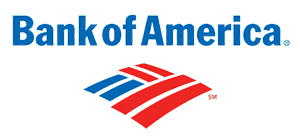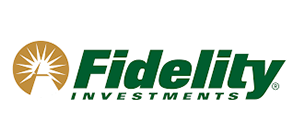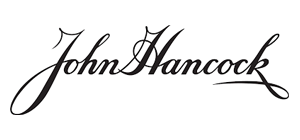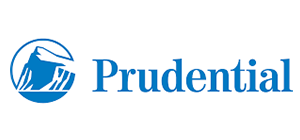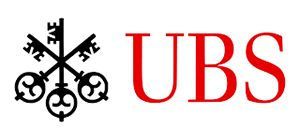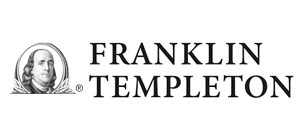Measuring the Ivy 2018: A good year for returns, but is efficiency becoming an issue?
Similar to 2017 performance, this past fiscal year was a strong one for most Ivy League endowments. Fiscal year 2018 is noteworthy, however, for being the first year that long horizon (10-year) returns from all Ivy endowments lagged behind the 60-40 portfolio.
Summary
- The Ivies continued the strong results of FY 2017, with all but Columbia registering double-digit returns in FY 2018 and all beating a 60-40 portfolio.
- The rankings across Ivies for FY 2018 are very similar to those of FY 2017, with Columbia being the notable exception.
- Columbia’s 9% return was rather unexpected given its apparent asset class exposure. Part of this may have to do with its 2016 change in management.
- Harvard still ranks among the low performers in the Ivy League.
- Exposure to illiquid investments remains high, and for some Ivies it appears to increase.
- Private equity markets rallied strongly over the last fiscal year, beating public equity markets in a reversal of FY 2017 performance. In fact, private equity and venture capital exposure were among the biggest contributors to returns across most Ivies, as we recently projected.
- It is the first time in the 20 years of available Ivy endowment returns data that a 60-40 portfolio outpaces all Ivies in terms of 10-year performance. For 15- and 20-year performance, the Ivies still appear to have an edge on the 60-40 portfolio.
- Estimated Ivy endowment risks, however, remain significantly higher than a 60-40 portfolio, primarily driven by real estate and private equity.
- And none of the Ivies appears to be as efficient as a 60-40 portfolio over the last 10 years, as measured by Sharpe ratio.
Similar to 2017 performance, this past fiscal year was a strong one for most Ivy League endowments. All of the Ivies beat a 60-40 portfolio, a commonly cited1 benchmark. For the majority of these endowment systems, exposure to private equity and venture capital appeared to be the dominant driver of returns, based on our proprietary returns-based analysis. 2018 is noteworthy, however, as it is the first year that long horizon (10-year) returns from all Ivy endowments2 lagged behind the 60-40 benchmark. The Ivies also appear to have significantly higher levels of volatility over the 10-year period than those of a 60-40 portfolio. Both of these issues cast doubt on the efficiency of the Ivy endowment model over the long-term.
Sign in or register to get full access to all MPI research, comment on posts and read other community member commentary.
